An Electromagnetically-Driven Piezoresistively Sensed CMOS MEMS Scanning Mirror for Projection Display †
Abstract
:1. Introduction
2. Materials and Methods
3. Results
4. Conclusions
Acknowledgments
Conflicts of Interest
References
- Hofmann, U.; Janesm, J.; Quenzerm, H.-J. High-Q MEMS resonators for laser beam scanning displays. Micromachines 2012, 3, 509–528. [Google Scholar] [CrossRef]
- Hung, A.; Lai, H.; Lin, T.W.; Fu, S.G.; Lu, M.S.-C. Electrostatically-driven 2D micro-scanning mirror with capacitive sensing for projection display. Sens. Actuators A Phys. 2015, 222, 122–129. [Google Scholar] [CrossRef]
- Drabe, C.; Kallweit, D.; Dreyhaupt, A.; Grahmann, J.; Schenk, H.; Davis, W. Bi-resonant scanning mirror with piezoresistive position sensor for WVGA laser projection systems. In Proceedings of the 8252 SPIE, MOEMS and Miniaturized Systems XI, San Francisco, CA, USA; Bellingham, WA, USA, 24–25 January 2012; p. 825209. [Google Scholar]
- Yalcinkaya, A.D.; Urey, H.; Brown, D.; Montague, T.; Sprague, R. Two-axis electromagnetic microscanner for high resolution displays. J. Microelectromech. Syst. 2006, 15, 786–794. [Google Scholar] [CrossRef]
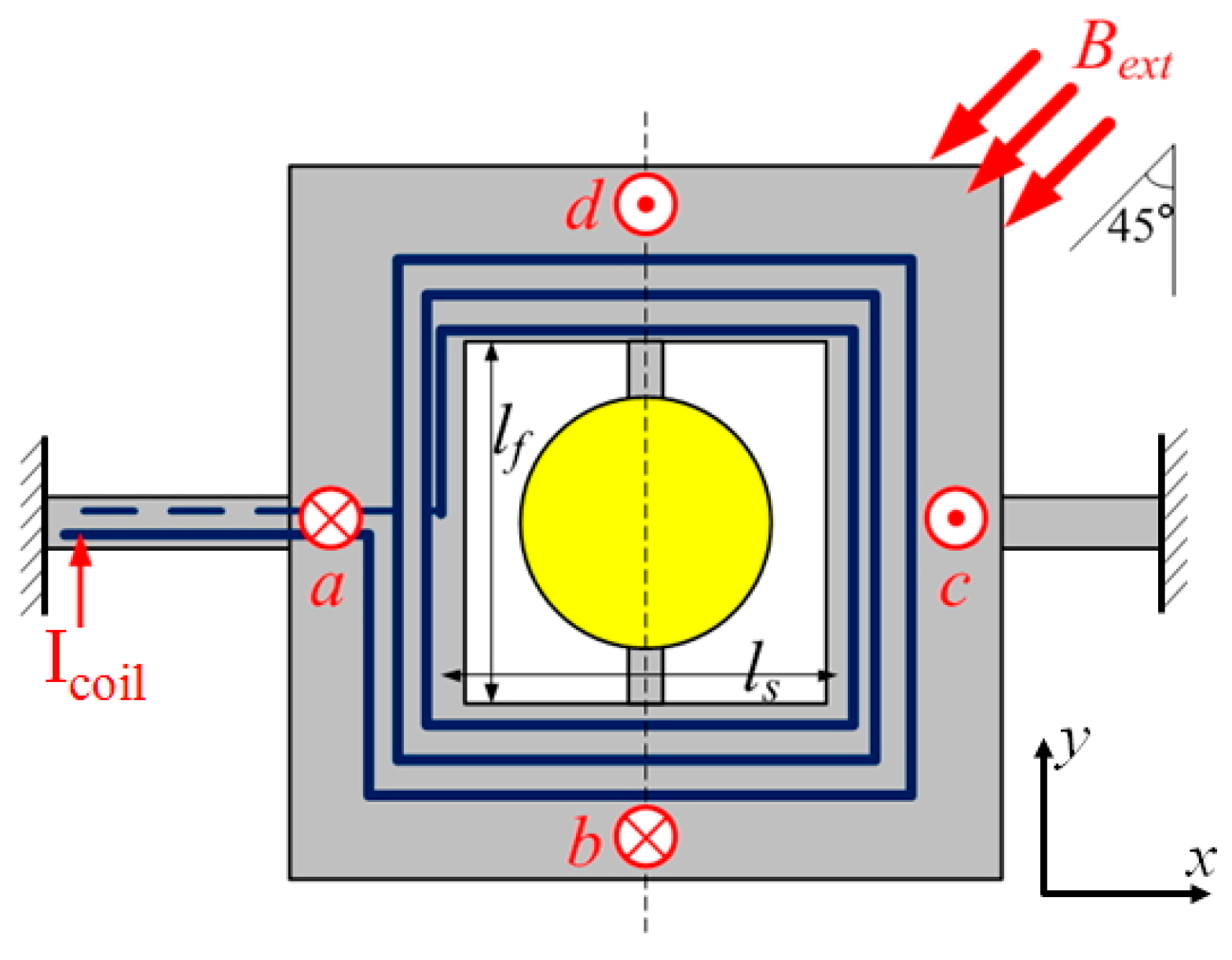

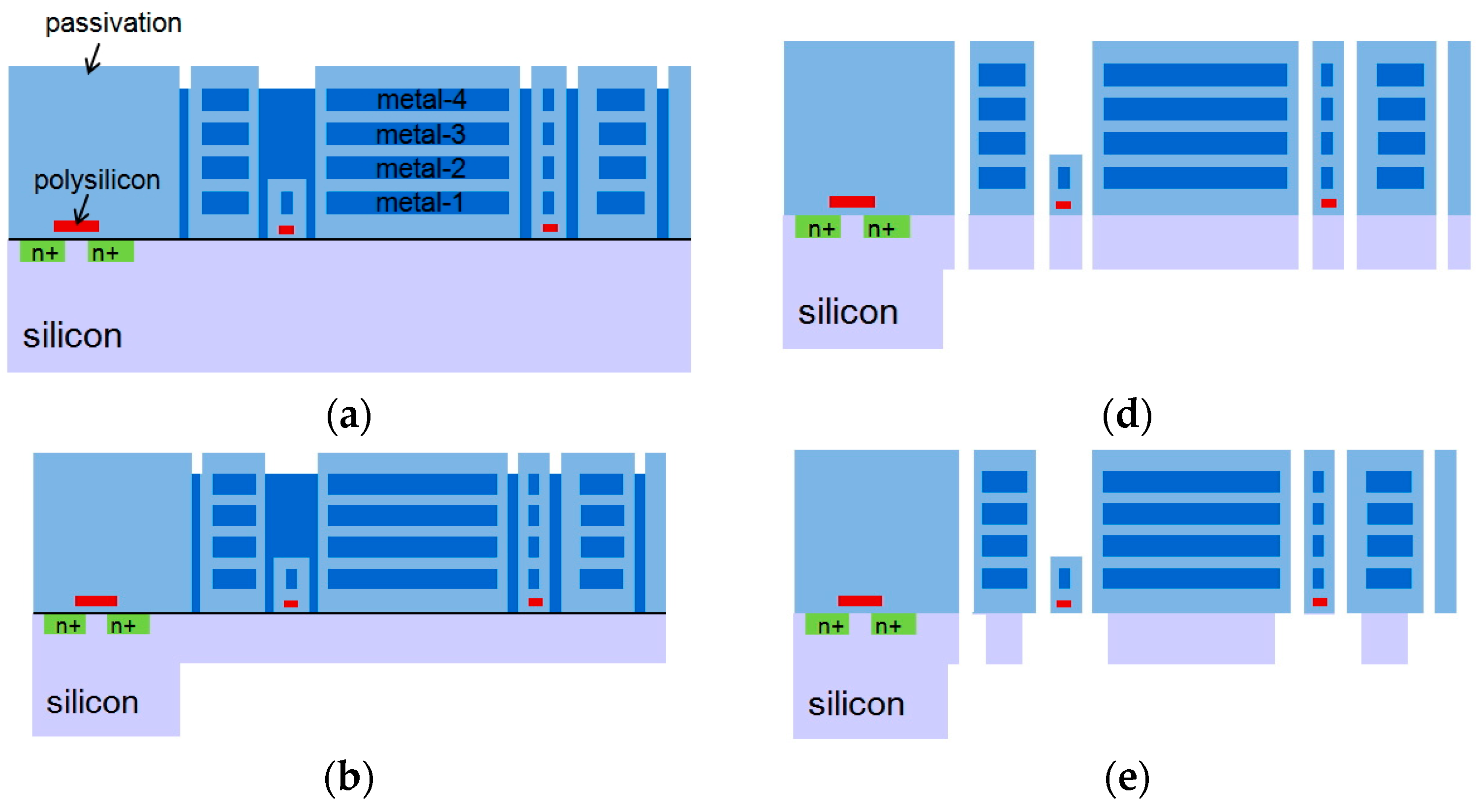

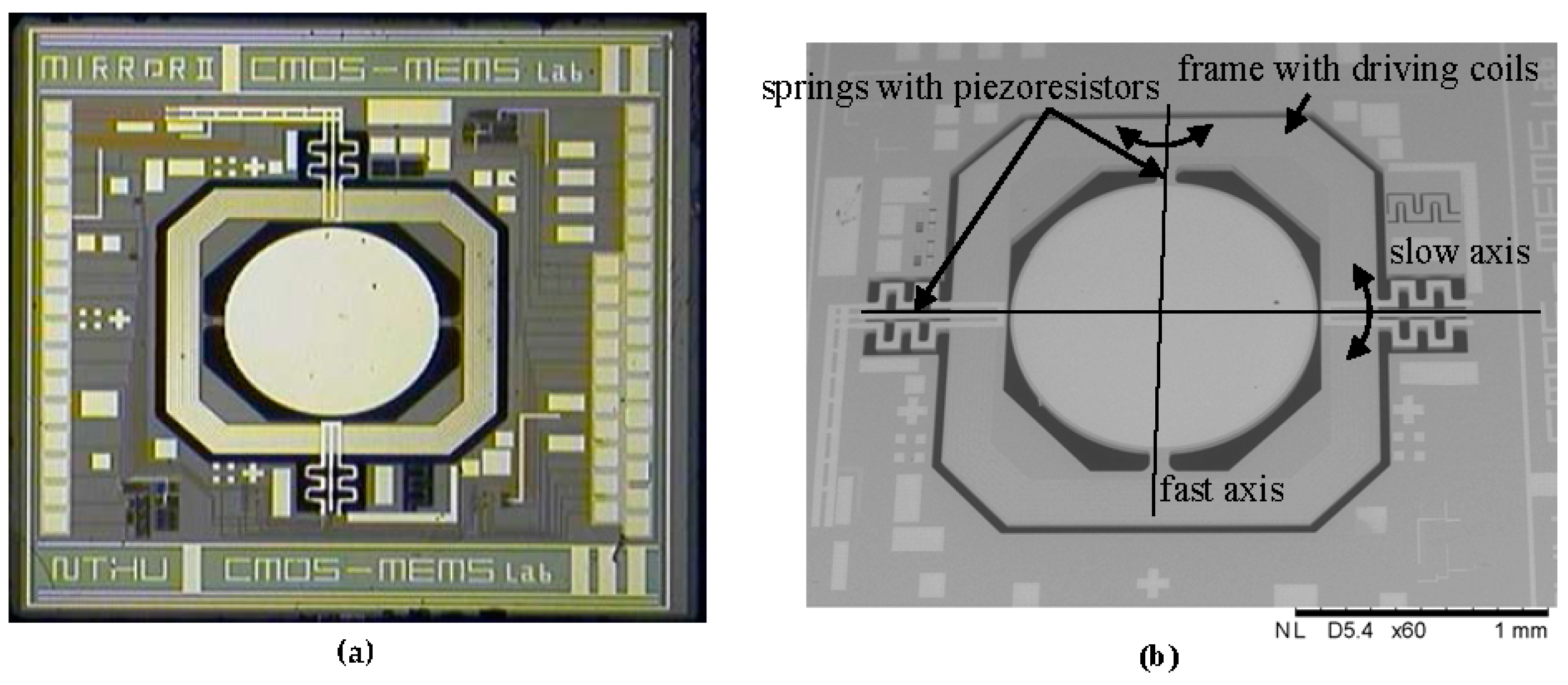
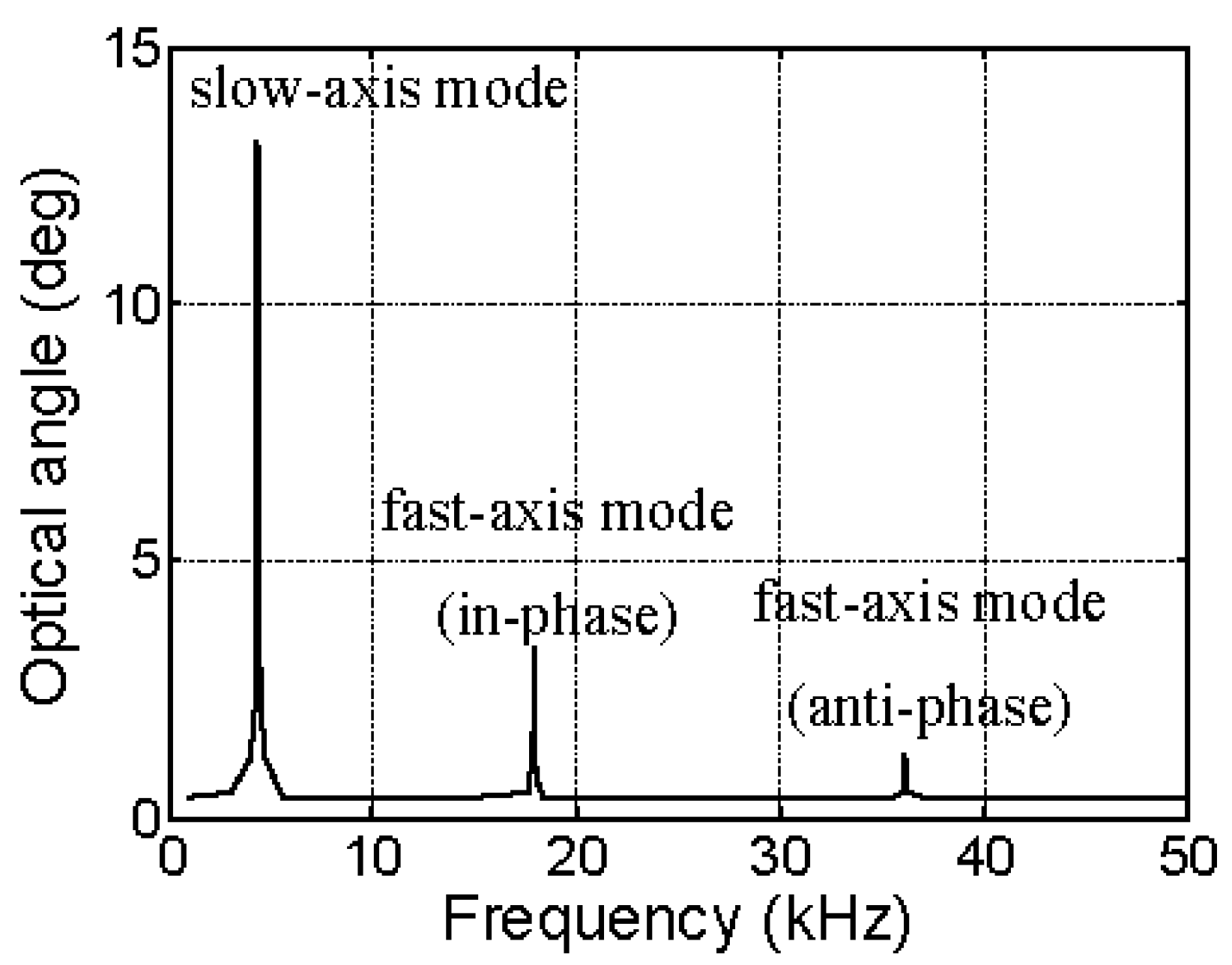

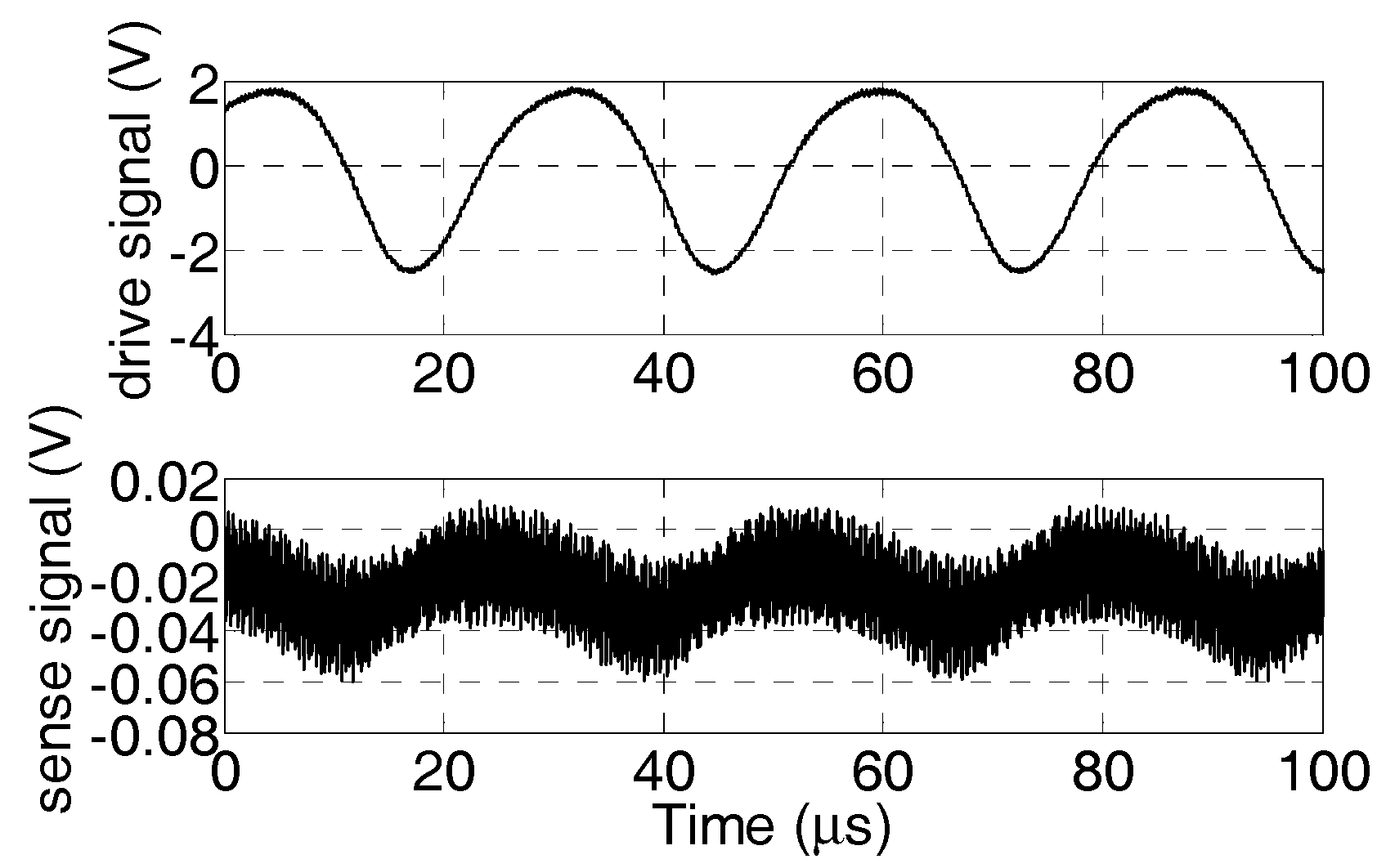
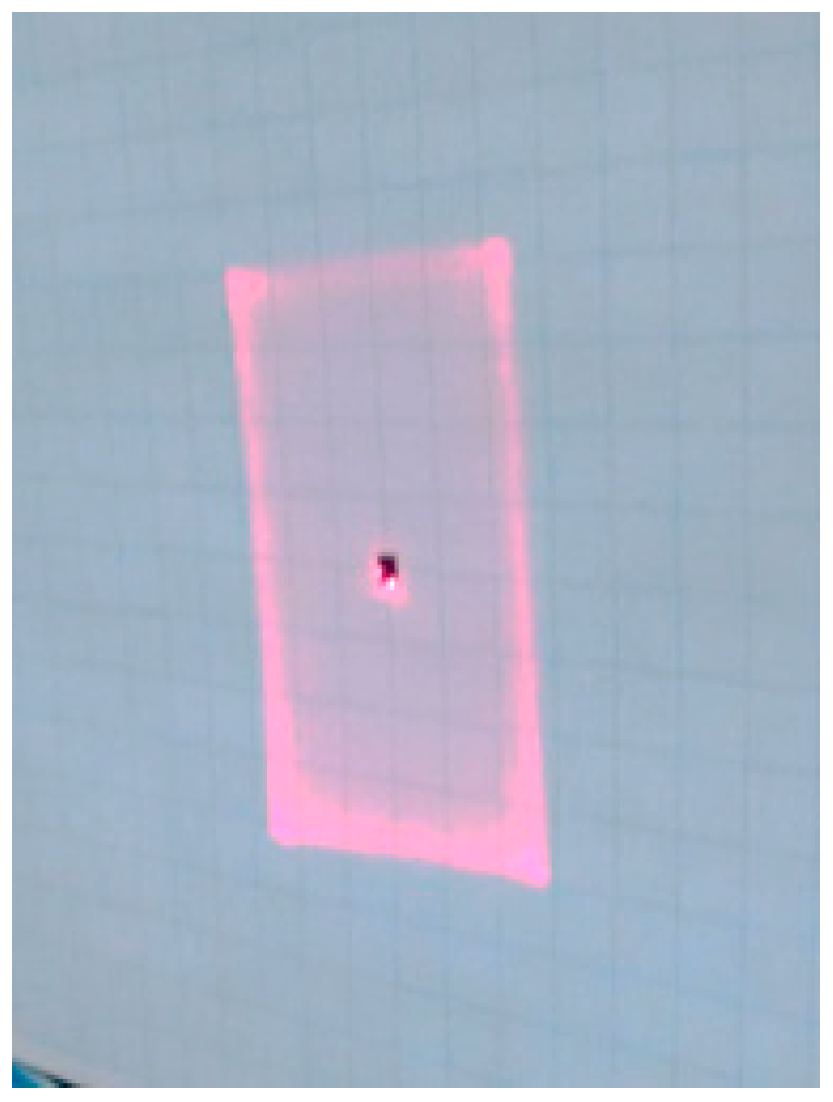
Publisher’s Note: MDPI stays neutral with regard to jurisdictional claims in published maps and institutional affiliations. |
© 2017 by the authors. Licensee MDPI, Basel, Switzerland. This article is an open access article distributed under the terms and conditions of the Creative Commons Attribution (CC BY) license (https://creativecommons.org/licenses/by/4.0/).
Share and Cite
Li, Z.-H.; Lin, Y.-T.; Lu, M.S.-C. An Electromagnetically-Driven Piezoresistively Sensed CMOS MEMS Scanning Mirror for Projection Display. Proceedings 2017, 1, 353. https://doi.org/10.3390/proceedings1040353
Li Z-H, Lin Y-T, Lu MS-C. An Electromagnetically-Driven Piezoresistively Sensed CMOS MEMS Scanning Mirror for Projection Display. Proceedings. 2017; 1(4):353. https://doi.org/10.3390/proceedings1040353
Chicago/Turabian StyleLi, Zhong-He, Yu-Tang Lin, and Michael S.-C. Lu. 2017. "An Electromagnetically-Driven Piezoresistively Sensed CMOS MEMS Scanning Mirror for Projection Display" Proceedings 1, no. 4: 353. https://doi.org/10.3390/proceedings1040353



